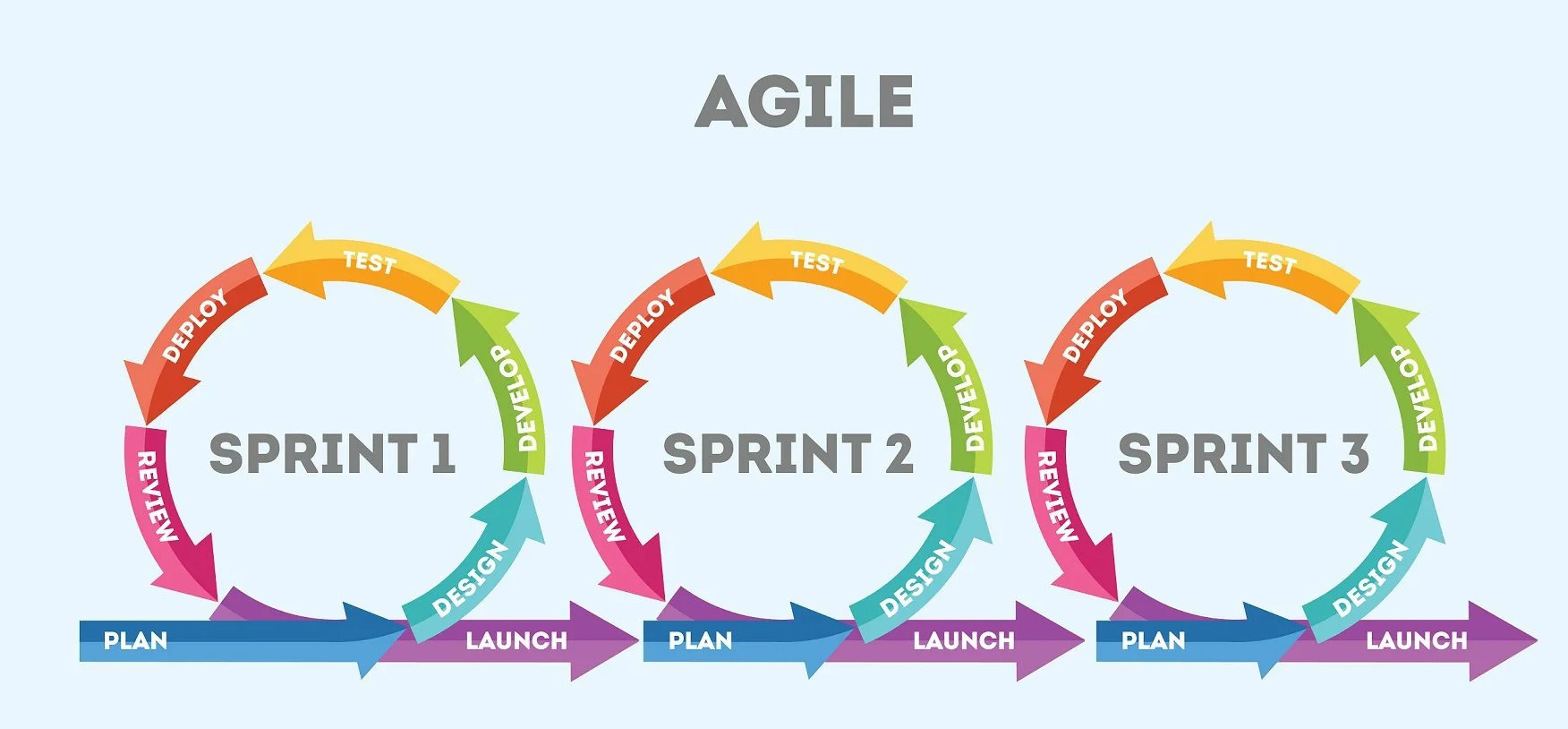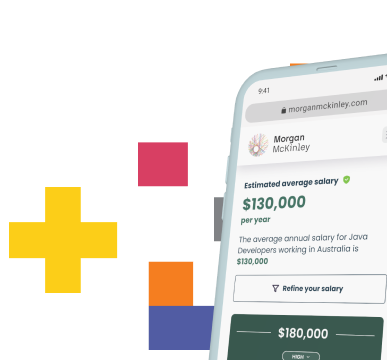Remote project management: Strategies for successful collaboration in the digital age

According to a recent study, over 30% of workers are either fully remote or hybrid. So, despite efforts to encourage workers to return to offices, there’s no doubt been a shift in attitudes.
Many forward-thinking companies are increasingly deciding to embrace this change rather than fight it, which means remote project management is becoming a necessity in many work settings.
In this article, we’ll look at how to approach this and explore some essential strategies for making it work.
Use suitable technology and tools
When managing teams remotely, using the right digital tools is the key to success from day one. The sheer wealth of tech options available today can initially be a little overwhelming. So, consider your core responsibilities and business needs. From here, you’ll be able to see which tools to look into and which suit your needs.
To start with, you’ll probably want to consider how you assemble your team. If you’re looking to hire new talent, you’ll need good recruitment systems software. These tools streamline the decision-making procedure and help eliminate bias in the hiring process. They also enable you to craft a professional-looking application process and onboard your new employees smoothly.
Once your team is ready to go, efficient collaboration tools are a must. Tools like Trello, Asana, and Microsoft Whiteboard can help you and your teams to communicate; bounce ideas; see what tasks need doing, and can give an idea of how a project is developing overall.
Just remember that software alone won’t magically create a paradise of smooth communication in your team, though. For that, you need to actively implement your agreed communication strategy.
Establish communication strategies
One of the most important project management skills is being able to create an environment that encourages the best from others. And getting top-quality work out of your team begins with laying down clear expectations about how to communicate with each other.
Firstly, you’ll be much more reliant on written documentation, so you should establish processes for how these are used, who has access to them, and how they are stored.
Secondly, you need a strategy for video meetings that address some of the subtler issues around communicating during them. For example, fewer body-language cues are visible when all you can see are faces on a screen.
The important thing is to find a solution for replicating on-site discussions in a relatively natural way. This is vital to make sure you fully benefit from everyone’s contributions.
Practise Agile methodologies
The Agile Manifesto was a project first debuted in 2001 and since then, its key principles have been adopted and adapted to project management.

Image sourced from soldevelo.com
At its base, using Agile methodologies involves breaking a project down into its constituent parts and working collaboratively to enable continuous improvement. It involves an iterative approach to project delivery, which allows you to pivot suddenly and adapt to unexpected changes if need be, without wasting resources by having to start all over again.
The key differences between Agile and traditional project delivery are:
- An iterative approach that divides work into cycles (sometimes known as “sprints”)
- Focus on collaboration and flexibility
- Emphasis on delivering initial results quickly and then refining them according to feedback
- Ability to handle changing requirements throughout the project
- Active involvement from clients
When applying Agile methodologies, you’ll typically schedule several rounds of evaluation and feedback for each project. This dovetails well with the increased need for continuous communication in remote projects, so it’s a natural fit.
Provide team training and support
Training is a critical element of building any successful team, but you need to get creative when managing remotely.
Consider the most important outcomes of the training, and craft a training programme geared towards them. Options that work well for online training include:
- Recorded webinars (make your slide decks available to access separately)
- Document-based instruction
- Interactive training software
It’s also important to remember that doing any kind of remote or hybrid work can sometimes feel isolating. It’s crucial to interact with your team on a human level as well as an official one to offer support. How you do this will depend partly on the size of your team.
Schedule regular check-ins
Regular check-ins are fundamental to creating a cohesive team spirit and making sure everyone is pulling their weight.
Holding weekly video meetings where everyone reports what they’ve been working on and any challenges they’ve faced is a great way of achieving this. Some project managers even prefer to do this daily. That said, this can be impractical in larger teams.
A regular meeting functions like an anchor for your project. Make sure everyone knows what to expect, and use it as an opportunity to solicit feedback.

Utilise data to improve remote project management
How you use data will be key to achieving results. For example, with remote teams, it’s important to have time tracking software in place so you can make sure everyone is meeting their deadlines. Tools like this also help track individual performance and engagement, which is vital in making sure that your team stays motivated and, ultimately, you retain your best staff.
One thing to watch out for is signs of team members working too much. It’s something that doesn’t occur to a lot of project managers, but burnout is a genuine problem - particularly for remote workers.
In general, focusing on data analytics will help you make sure your project stays on track, and your teams are happy. Leveraging real-time data helps generate actionable insights that will improve your performance and better meet client expectations.
Promote a culture of continuous improvement
In the end, the remote teams that perform best are the ones that focus on continuous improvement. If you’ve put everything else we’ve suggested in place, you should be in a good position to encourage this.
This idea is at the heart of the Agile philosophy, for instance. An ongoing reappraisal of projects and routines leads to a more efficient way of achieving your end goals. From the start, there should be a clear expectation that the team will work together to find new ways of improving the work process.
Getting the most out of remote project management
Managing change is complex, and switching from traditional to remote project management can be challenging. But if handled well, the benefits to be gained in terms of improved efficiency and higher productivity can lead to vastly improved results over time.
With a focus on clear communication, collaboration, and the smart use of data analytics, you can make sure remote project management works well for you, your talent, and your clients.














